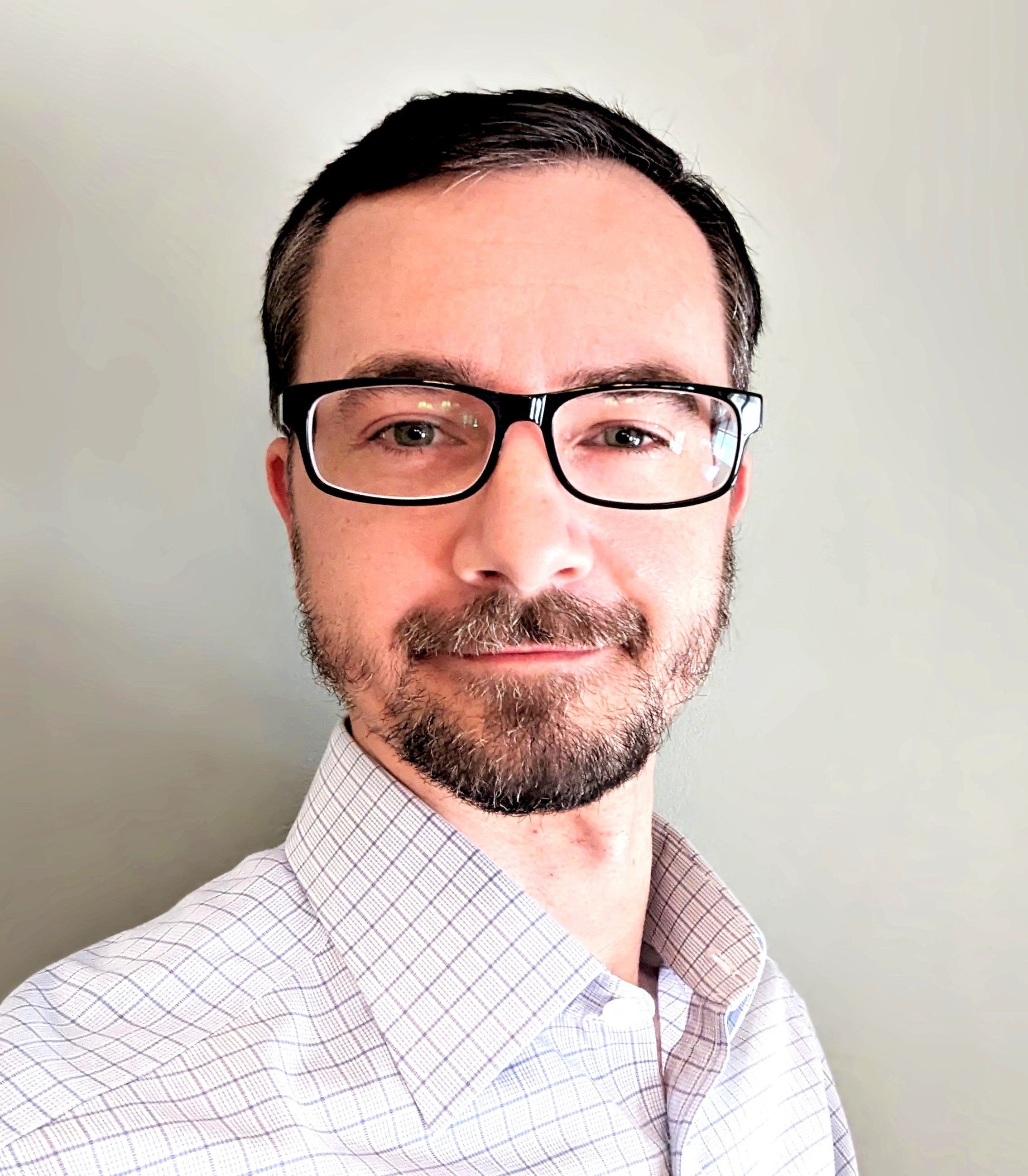Derek Adams is bridging the gap between electricity supply and demand
“Every morning when I wake up, I know how impactful my work will be. I know it matters,” says Derek Adams, co-founder of EarthBridge Energy. Adams says his journey to becoming an innovator and founder began with the realization that much of the renewable energy created from wind and solar is wasted. Due to a timing mismatch between when variable renewable power is available and when there is demand for power, more robust and flexible grid transmission and/or better energy storage is required. EarthBridge’s technology aims to improve energy storage by a process that combines geothermal concepts with reservoir management principles.
Adams co-founded EarthBridge in 2021 after a decade working as a geoscientist in the oil and gas industry for ExxonMobil. During his tenure, he primarily focused on hydrocarbon exploration and development in the Gulf of Mexico, integrating log and seismic data to identify prospects and drill development wells. He says that years of experience integrating data to solve reservoir-scale questions plus his PhD experience in paleoclimate research led him to think about using his skill set in an innovative way.
EarthBridge is developing a long-duration thermal energy storage technology that heats or cools water with excess electricity, injects the water into shallow brine or saline aquifers for storage, and finally produces water when demand is needed for electricity production or decarbonized heating and cooling. Adams explains reservoirs provide optimal size and thermal insulation to preserve the hot or cold water and store vast quantities of energy for weeks to months. When electricity generation is needed, hot water produced from the reservoir is used to drive a novel turbine-based heat engine for electricity generation. The cool water can also be used to increase the efficiency of the electricity generation process, or used for other applications, such as cooling data centers.
“I thrive on learning new things and having to solve new problems,” says Adams. This growth-based mindset has been necessary, as Adams has needed to learn new skills such as grant writing, marketing, economic modeling, and making pitch presentations to prospective investors. In addition to those business skills, Adams is expanding his skill set in thermodynamics, mechanical engineering and drilling. Adams explains that learning about power markets has been one of the most critical parts of his pivot to geothermal energy storage. He says that power markets “are not as easy as oil and gas; there are more layers, more players involved, and each market is different.”
Adams and his colleagues recently acquired acreage near El Paso, TX for a technology demonstration project. They believe that this location is ideal, due to both an opportunity for energy storage deployment and the potential to harvest known geothermal resources. Following a technology demonstration and EarthBridge’s first full-scale projects planned in Texas, Adams is eyeing expansion into California, the East Coast and “markets where renewable energy curtailment is high and there are shallow brine reservoirs.”
Adams advises other geoscientists interested in pivoting to an innovation start-up to focus on learning through networking. “Ask for help, but also see how you can help other people—be a connector,” says Adams. From a practical perspective, Adams advises others to “save your money” and learn as much as possible about a new industry or business prior to making a pivot. He also strongly recommends having a good operating agreement in place for your business. “A company is like a marriage,” laughs Adams, “it is important to get alignment on expectations.” Additionally, he emphasizes the importance of having both professional and personal support systems in place. He says that founding a start-up “isn’t a 9-5” type of job. Despite the significant effort required, Adams says, “I wouldn’t change it for the world.”

